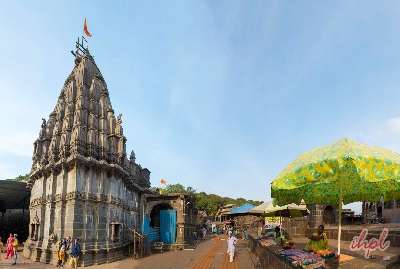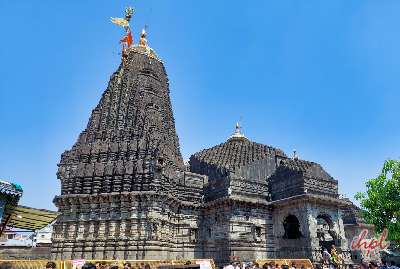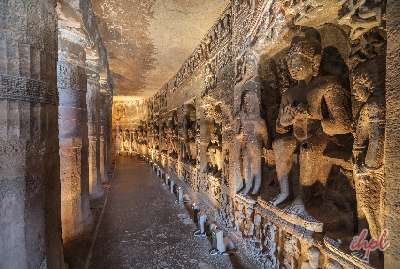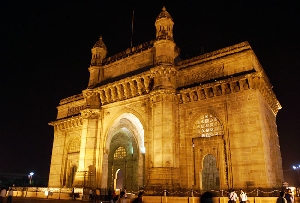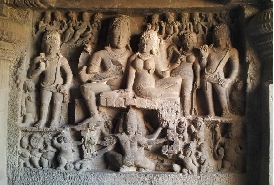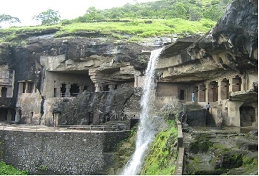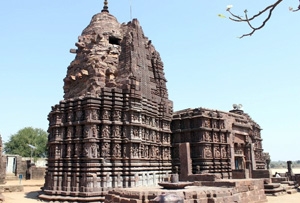The 12 visually stunning rock-cut Buddhist caverns that make up the Aurangabad Caves, located close to Aurangabad in the Maharashtra state’s Sihaychal Ranges, date back to the sixth and seventh centuries. Each cave is home to several magnificent Tantric Buddhist deities that have been carved and sculptured. The caverns, around 9 kilometers from the city, provide a breathtaking perspective of the surroundings and are a pleasant place to visit. To visit this historical site, schedule some time during your vacation to Aurangabad.
Aurangabad Caves History
Since the Aurangabad Caves lack inscriptions, unlike other caves, few historical records exist. However, according to historians, their beginnings can be found in the sixth and seventh centuries. The oldest mention of this location can be found at the Kanheri Caves, a collection of caves carved out of rock in Maharashtra. This one is one of the rare caves in India where you can witness sculptures of Ganesha and Durga from the first millennium CE.
Explore Shirdi to Bhimashankar Tour Package.
Aurangabad Caves Architecture and Grouping
The soft basalt rocks that make up the Aurangabad Caves are used to chisel structures. They feature Buddhist temples and dwellings known as viharas, examples of early Buddhist architecture.
The site comprises a total of 12 caverns, which have been numbered and categorized into three groups. Western Group, the first group, consists of Caves 1 through 5, while Caves 6 through 9 make up the second group (Eastern Group). The final three caves—Cave 10, Cave 11, and Cave 12—are in the third group (Northern Group).
The biggest of the three caves, Cave 3 has a vast veranda supported by four pillars and a shrine in the center of the main chamber. Finally, the most developed cave in the entire cluster, Cave 7, contains the enormous veranda, which comprises four pillars, two pilasters, and two cells on each side. Additionally, it has carved representations of several Buddhist deities, such as Nandikesvara, Varaha, Ganesha, Manjusri, and Avalokitesvara.
Aurangabad Caves Excavation
The earliest excavations of the Aurangabad Caves date back to the 2nd or 3rd century. Large-scale excavation could not take place because of the heterogeneous rock formation. However, the excavators cautiously underwent the process and avoided the area where lost rocks were present.
Things to See in Aurangabad Caves
The ancient sculptures in the Aurangabad Caves draw tourists from around the world interested in history and fine art. But unfortunately, too many tourists stop by this location to take in the breathtaking sights. The following are some of the top views at the location:
- Cave 1: includes a veranda decorated with massive Buddha sculptures, eight pillars, and a square foundation with carvings of tree goddesses and Ganas.
- Cave 2: The primary Buddha statue in this cave is seated on a lion’s throne in the Pralambapadasana pose, with the Dharmachakra Mudra shown on the hands.
- Cave 3: The Buddha sculpture is depicted sitting on a double lotus in a preaching position. The doors feature striking floral patterns, while the arches feature Naga protectors.
- Cave 4: has a square-shaped chaitya (a sanctuary or prayer hall) with octagonal pillars. It is decorated with stepped merlons sculptures at the Ajanta Caves.
- Cave 5: The Buddha image is displayed on a rectangular pedestal in the Padmasana pose with the hands in the Dhyana Mudra. The walls have several Sarasvati Miracle figures engraved into them.
- Cave 6: features carved cells on the left and right sides of the hall, a porch, and a veranda supported by pillars. In this scene, the Buddha is seated among other characters on a western-style lion throne. In addition, Buddhist images can be seen in two different small shrines in this cave.
- Cave 7: features two chapels and sculptures of Tara figures, Pancika, Hariti, Ganesha, Avalokitesvara, and other similar figures, in addition to the significant Buddha statue in the central shrine.
- Cave 8: You can enter this tiny cave from Cave 7’s balcony. It features two Buddha figures in the Padmasana.
- Cave 9 and 10: Although the buildings have sustained significant damage, it is still possible to see the statues of Tara, Padmapani, Manjusri, and Buddha here.
- Cave 11 and 12: This is the most popular cave of all and has the most ornate inscriptions. The central shrine is encircled with a corridor that has recesses carved with shrines of Buddhist gods. The front wall of the verandah has enchanting representation of a panel of litany of Avalokitesvara and Bodhisatva on both sides of the entrance. The litany of Avalokitesvara here is more detailed than those in Ajanata and Ellora Caves.
Aurangabad Caves facts
- Tantric influences can be seen in the artwork found at the Aurangabad Caves.
- According to historians, Cave 3 was carved before Cave 1.
Attractions near Aurangabad Caves
- Soneri Mahal
- Bibi ka Maqbara
- Panchakki Himayat Bagh
- Jama Masjid
- Gul Mandi
- Aurangabad Jain Temple
- Chhatrapati Shivaji Museum
- Siddharth Garden and Zoo
- Dargah Baba Shah Musafir
- Salim Ali Lake
Aurangabad Tour Packages




